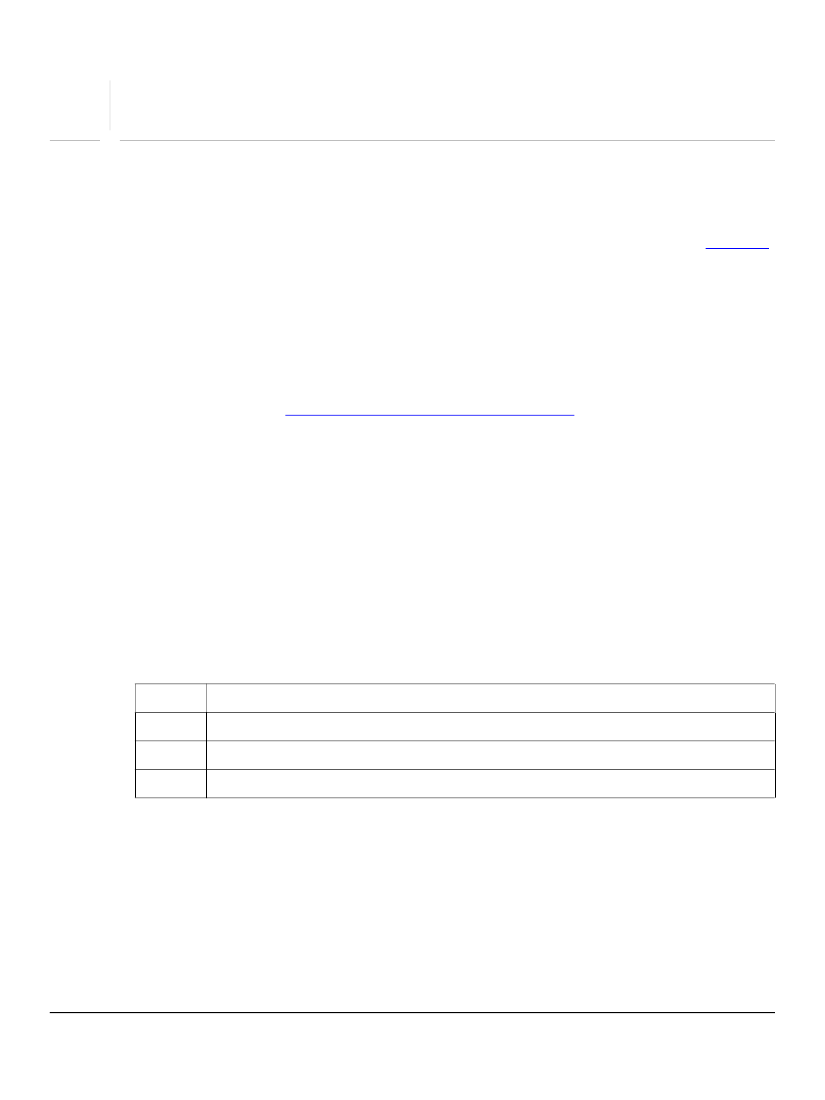
22
Canonical Format Reference
This reference describes the canonical format used to represent certain values.
Canonical format
is a
locale-agnostic, standardized way to represent date, time, numbers, and currencies.
This appendix describes the set of ISO-8601 date and time forms supported by XFA. It is a a profile of
Data
elements and interchange forms — Information interchange — Representation of dates and times
[ISO-8601].
ISO-8601 is the International Standard for the representation of dates and times. ISO-8601 describes a
large number of date/time formats.
This specification does not imply any presentation behaviors (such as display or print formatting) of dates
or times — it only specifies how the data content should be represented within a document object model
(DOM), such as the XFA Data DOM and the XFA Form DOM.
The International Standard for the representation of dates and times is ISO-8601.
A Summary of the
International Date and Time Notation,
by Markus Kuhn, provides an introduction to this standard. This
document is available at
http://www.cl.cam.ac.uk/~mgk25/iso-time.html.
The following sections present the acceptable formats for dates, times, date-times, numbers, and text.
The syntax of each canonical format is described using the following conventions:
●
●
●
Letters are placeholders for a numeric value.
Square brackets enclose an optional portion of the format.
All other characters should be assumed to be literal characters.
Date
Dates must be expressed in any of the following forms:
YYYY[MM[DD]]
YYYY[-MM[-DD]]
Symbol
YYYY
MM
DD
Meaning
Zero-padded 4-digit year.
Zero-padded 2 digit (01-12) month of the year.
Zero-padded 2 digit (01-31) day of the month.
The above symbols echo the date picture-clause symbols; however, they serve only to describe (to the
reader) expected values.
Examples:
19970716
199707
1997
1997-07-16
1997-07
1997
797